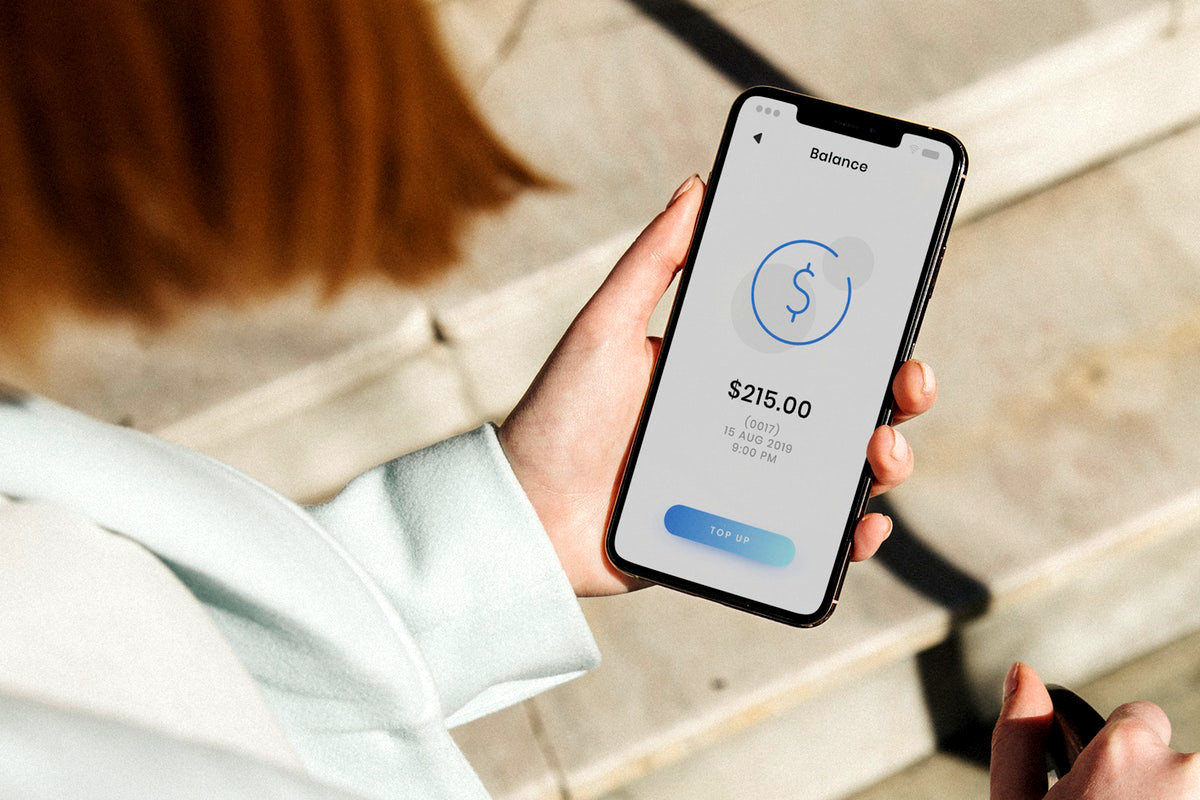It turns out that you can teach an old dog new tricks. These days, old business models have had to make some major adjustments to stay relevant in the new economy.

From mobile salons that go to their customers taking business away from traditional ones, to Uber putting a hurting on the taxi business. There are new ways of doing things and for a business to survive, it has to adapt to this new landscape.
With these disruptions come some fantastic opportunities, however. Be the first in your industry to put some into practice and you could find your business outpacing your peers very quickly.
In this article, I will go over several areas that are being updated to make old business models more competitive.
1. Cutting out payment processors
Since nobody uses cash much anymore, a big expense for many small businesses comes from the fees for processing their credit card payments. For a while, many would implement a minimum order to be able to accept a credit card.
This is against just about every merchant’s terms of service and can potentially end up terminating their agreement leaving them unable to process credit cards.
Instead, many businesses are bypassing the traditional payment processors and accepting cryptocurrency. A potential customer can purchase Bitcoin or other currency and then use their wallet to make the payment at little cost to the merchant.
2. Freemium model
Many businesses that use Software as a Service (SaaS) as their product often use a freemium service to get people to sign up and use it. Think about music streaming or a password manager for your phone and computer.
Users will get limited options with the free version, but enough usability to get some use out of it. At some point, usually when the user understands the real value of the offer, they will want to upgrade and start paying for the subscription to be able to unlock advanced features.

3. Subscription model
This is not a novel idea, it has been around for a long time. In fact, back in the day people used to pay their barber at the beginning of the month when they got paid to then use their services throughout the month without needing to open their wallet again.
In this case, the subscription model has been updated. Services that you pay monthly will end up saving you money just as before, but with a bit of a difference. An example is Amazon Prime. You pay a monthly or yearly fee and enjoy free 2 day shipping. You still have to pay for what you buy, but you get that bonus with your membership.
4. Share economy
Where ownership was always held in high regard, that is being challenged by people who would rather share than own. Instead of owning a car, and paying all the associated expenses, people would rather just use a shared car when they need it.
This model can be applied to many different things besides cars. A cabin in the woods can be rented out to share the expenses or even make a profit. Soon, we may see certain types of licensing being shared as well so there isn’t such a financial burden placed on people that only need it occasionally.







